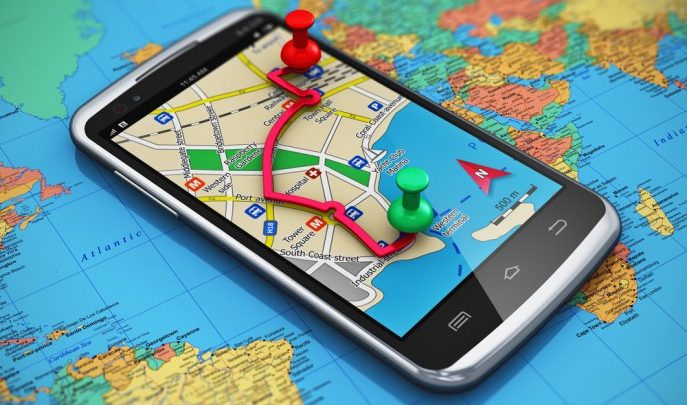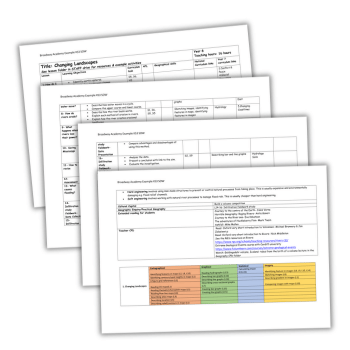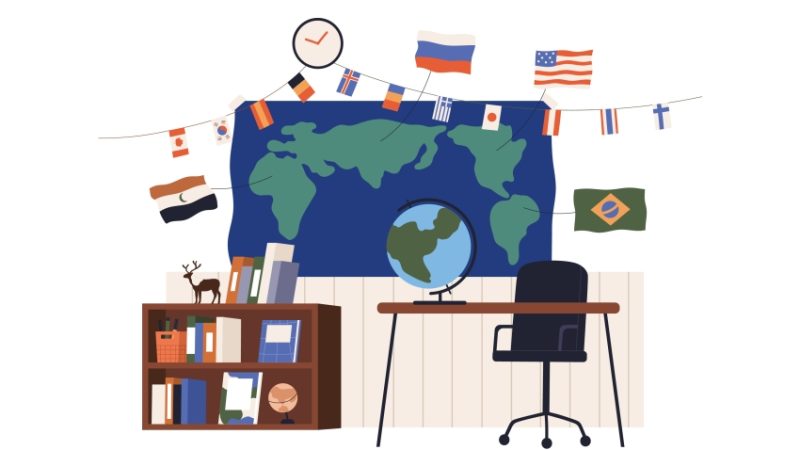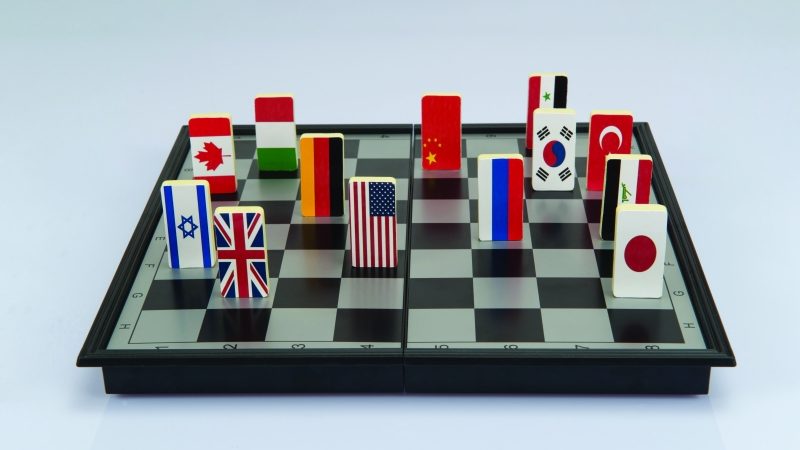Turn Students’ Mobile Phone Obsession Into An Opportunity For Some Analytical, Geographical Thinking

While young people probably use them for texts, social media and games, mobile phones are key drivers of globalisation, and are packed full of geography for them to discover

Mobile phones are incredibly relevant to today’s teenagers as well as being a potential focus of geography lessons on globalisation, international development and economic activity. Here, they are used as a context for teaching a range of critical thinking and analytical skills as well as developing students’ literacy.
Most students have access to a mobile phone but probably don’t realise that it presents loads of opportunity for learning about key processes in geography. Mobile phones allow communication and access to the internet which are key drivers of globalisation. They are also indicators of development (although it’s worth remembering that the growth of mobile phone usage in less economically developed regions of the world such as Sub-Saharan Africa has been recent and dramatic). Put simply, mobile phones are packed full of geography and relate to globalisation, international development and economic activity, which are features of the KS3 National Curriculum and new GCSE and A-Level specifications.
Whilst the activities in this lesson are aimed at KS3 students the techniques could easily be adapted to suit older students and even different topics. For example, the ‘question generator’ is a particularly useful tool for testing case study knowledge and understanding or for encouraging students to ask ‘good’ enquiry questions for their A level Independent Investigation. Drawing on examples taken from the Secondary Geography Quality Mark the lesson starts with the experiences of students. It also enables students to interpret maps and data, develop their literacy and exam technique and has suggestions for local / school-based fieldwork.
Starter activity
It is often useful to start a lesson with student experiences so begin with the question, who in the class has their own mobile phone? Other questions could come from this such as, if students lost their phone what wouldn’t they be able to do? What would they be able to do or do more of? If they don’t have a phone they could write a list of reasons why having a mobile phone would be a good idea (a selection of arguments to persuade their parents!).
Main activities
The initial discussion could then be linked to some data about mobile phone use. This website is a map animation of global mobile phone subscriptions from 1960 to 2015. Hide the title of the map so that students can guess what it shows. They could then describe how the maps change over time, highlight things that surprise them and suggest what the map might look like in 2050.
Create a ‘question generator’ by drawing a 6×6 table. The words ‘is’, ‘did’, ‘was’, ‘could’ and ‘if’ should go in the cells in the top row and ‘what’, ‘where’, ‘who’, ‘why’ and ‘how’ in the first column. The grid can then be used to generate questions in each cell around the topic of mobile phones. For example, ‘Where is the country with the highest mobile phone use per capita?’ or ‘Who could use the components from a broken mobile phone?’ Either you could generate a whole grid of questions for your students to find the answers to or you could give a blank grid to students and ask them to generate their own questions.
Give each student a cardboard outline of a mobile smartphone. They could use this as a stimulus in a number of ways:
• By role-playing a mobile phone conversation between two people living and working in different parts of the world.
• By designing a series of apps which would be useful in particular places or situations. For example, for a farmer working in Namibia or a meteorologist working in the UK.
• By considering how a mobile phone is made and constructed. How many different materials are used to make one mobile phone?
Summary
Ask students to write an answer to the question ‘How has global mobile phone usage changed over time?’ Having completed their answer they should choose between five and ten of the words in their paragraph and stick a strip of sticky note over them. On the sticky note the student should write a random word so that the answer becomes gobbledegook. They should then give their answer to a partner who should try to guess the words under the notes and then assess the quality of the written answer.
Home learning
Fieldwork is essential in geography and homework can be used to develop these skills. Ask the students to collect data about the strength of mobile phone signals either at home or in the school grounds. They could then map this data either on a paper base map or using a GIS such as ArcGIS online.
Stretch them further
The article ‘Cell phones in Africa: Communication lifeline’ describes mobile phone use in Sub-Saharan Africa. Students could read the article and write a tweet to summarise the key ideas.
Technology, including mobile phones, has been an essential catalyst for globalisation. Therefore, this lesson could be taking forward by considering technology’s role in globalisation and the impact that globalisation has had on students’ lives.
Rebecca Kitchen has 16 years of teaching experience and is currently the Secondary Curriculum Leader at the Geographical Association.












